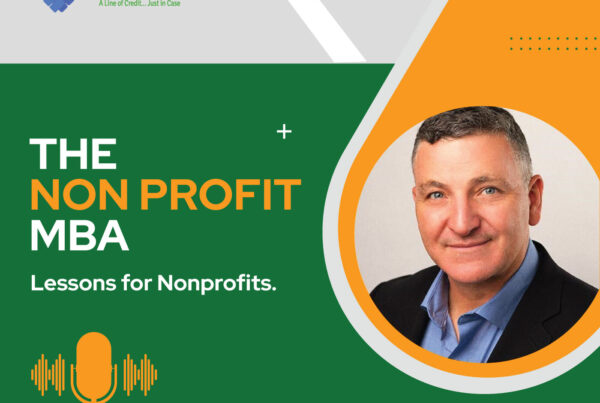This week I’m honored to present this guest post by Melissa S. Brown, manager of the Nonprofit Research Collaborative and our guest speaker for July’s Ignited Fundraising Community webinar.

Do you wish you could find out exactly how much to money to raise by direct mail? Through email? At events? Wouldn’t it be terrific to have a formula or SOMETHING that would help make it easy to create an annual fundraising plan with the exact right mix of fundraising approaches?
So what are the approaches you can choose from?
Maybe you’ve heard online giving is rising fast and you want to get on board? Great! Online giving is one of the fastest growing types of giving. Still, it accounts for less than 10% of the total nationally. Organizations where online giving is a major boost to revenue handle it with care and attention, investing in personnel and technology to make it work seamlessly for the donor.
Some fear direct mail is “dead,” but all evidence suggests it is alive and well. While revenue is not increasing as fast through direct mail as through other venues, it is still used by nearly 80% of charities as one of the principal approaches to raise funds. And more great news: Recently, organizations have seen increases in direct mail receipts after the doldrums of the recession years.
Giving USA reports that 72% of all giving is from individuals, but when looking at secular causes that drops to 65%. Many very successful organizations raise significant funds from institutional donors such as corporations and foundations that share the organization’s vision of an improved world.
Now that you have that information, where do you begin with your plans?
It is always a good starting point for planning to have basic information about where your organization’s contributions come from. What percentage from individuals? From foundations? How much from your board? From other major donors? Did you know that typically, board member gifts account for less than 10% of an organization’s total funds raised (not counting in a campaign)? The 80/20 rule for campaigns applies to annual giving as well, according to the Growth in Giving Initiative: 80% of the dollars come from 20% of the donors.
The exact “magic mix” for your organization will vary by your local economy and service area. It might also depend on your organization’s services. As you plan, you’ll also want to consider your staff and volunteer capacity to implement fundraising plans. All of these factors will be instrumental in your planning for the coming year.
While I cannot offer exact recommendations for every organization I do have useful tools for thinking about where to invest your time (and money) for effective fundraising, and I’ll be talking about those tools with the Ignited Fundraising Community on July 16.

I’ll share results from the Nonprofit Research Collaborative, which has five years of data about where organizations are raising more (and where they aren’t). Using that information, plus your organization’s own history, I will guide you through some ways to make choices and recommendations for your next annual fundraising initiative.
When you sign on for the webinar, it will help—but it isn’t required–if you have some basic information about where your organization’s contributions come from. What percentage from individuals? From foundations? How much from your board? From other major donors?
You’ll learn what to look for when planning an annual campaign to raise money for operating support and programs. I look forward to seeing you there!
About Melissa S. Brown: Melissa began working in the nonprofit sector in 1989 at the Folger Shakespeare Library. She has worked for the Homeless Initiative Program, Indiana University, and the national office of the Arthritis Foundation. She teaches successful proposal writing for The Fund Raising School. Her volunteer roles have included Big Sisters of Central Indiana and the International School of Indiana. She holds a B.A. in political science from Reed College and a Master’s degree in governmental administration from the University of Pennsylvania. You can learn more about Melissa and her work on her website and follow her on Twitter @MSBrownLLC.






